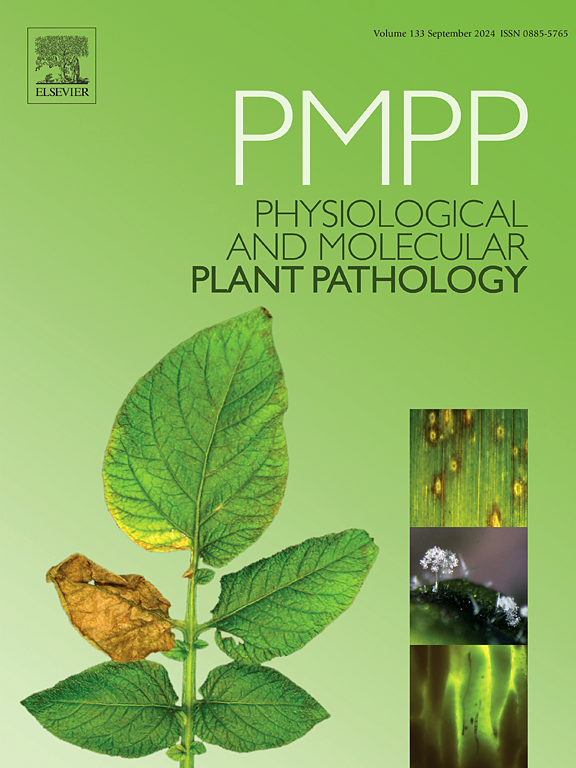A new frontier in biological defense; plant microbiome as a shield against root feeding nematodes and leverage of crop health
IF 2.8
3区 农林科学
Q2 PLANT SCIENCES
引用次数: 0
Abstract
Endophytic organisms can colonize various parts of their host, including bacteria, fungi, and actinomycetes, which have emerged as promising biocontrol agents against plant-parasitic nematodes (PPNs), offering a sustainable alternative to chemical pesticides. This review explores the diverse roles of endophytes in managing PPN infestations across different crops. We investigate the mechanisms underlying the efficacy of bacterial, fungal, and actinomycete endophytes in nematode control, emphasizing the production of bioactive metabolites as a key factor. Additionally, we discuss the commercialization potential of endophyte-based products and the challenges that hinder their large-scale adoption in agriculture. Finally, we provide insights into future research directions and strategies for maximizing the practical utility of endophytes in nematode management, highlighting the importance of interdisciplinary approaches and collaborative efforts to address existing limitations and unlock the full potential of these beneficial microorganisms as biopesticides.

生物防御新前沿;植物微生物群作为抵御根食线虫的屏障和作物健康的杠杆作用
内生生物可以在其宿主的不同部位定植,包括细菌、真菌和放线菌,它们已成为对抗植物寄生线虫(ppn)的有前途的生物防治剂,提供了化学农药的可持续替代品。本文综述了不同作物内生菌在防治PPN侵染中的不同作用。我们研究了细菌、真菌和放线菌内生菌在线虫控制中的作用机制,强调了生物活性代谢物的产生是一个关键因素。此外,我们还讨论了内生菌产品的商业化潜力以及阻碍其在农业中大规模采用的挑战。最后,我们提出了未来的研究方向和策略,以最大限度地发挥内生菌在线虫管理中的实际效用,强调跨学科方法和合作努力的重要性,以解决现有的限制,并释放这些有益微生物作为生物农药的全部潜力。
本文章由计算机程序翻译,如有差异,请以英文原文为准。
求助全文
约1分钟内获得全文
求助全文
来源期刊
CiteScore
4.30
自引率
7.40%
发文量
130
审稿时长
38 days
期刊介绍:
Physiological and Molecular Plant Pathology provides an International forum for original research papers, reviews, and commentaries on all aspects of the molecular biology, biochemistry, physiology, histology and cytology, genetics and evolution of plant-microbe interactions.
Papers on all kinds of infective pathogen, including viruses, prokaryotes, fungi, and nematodes, as well as mutualistic organisms such as Rhizobium and mycorrhyzal fungi, are acceptable as long as they have a bearing on the interaction between pathogen and plant.

 求助内容:
求助内容: 应助结果提醒方式:
应助结果提醒方式:


